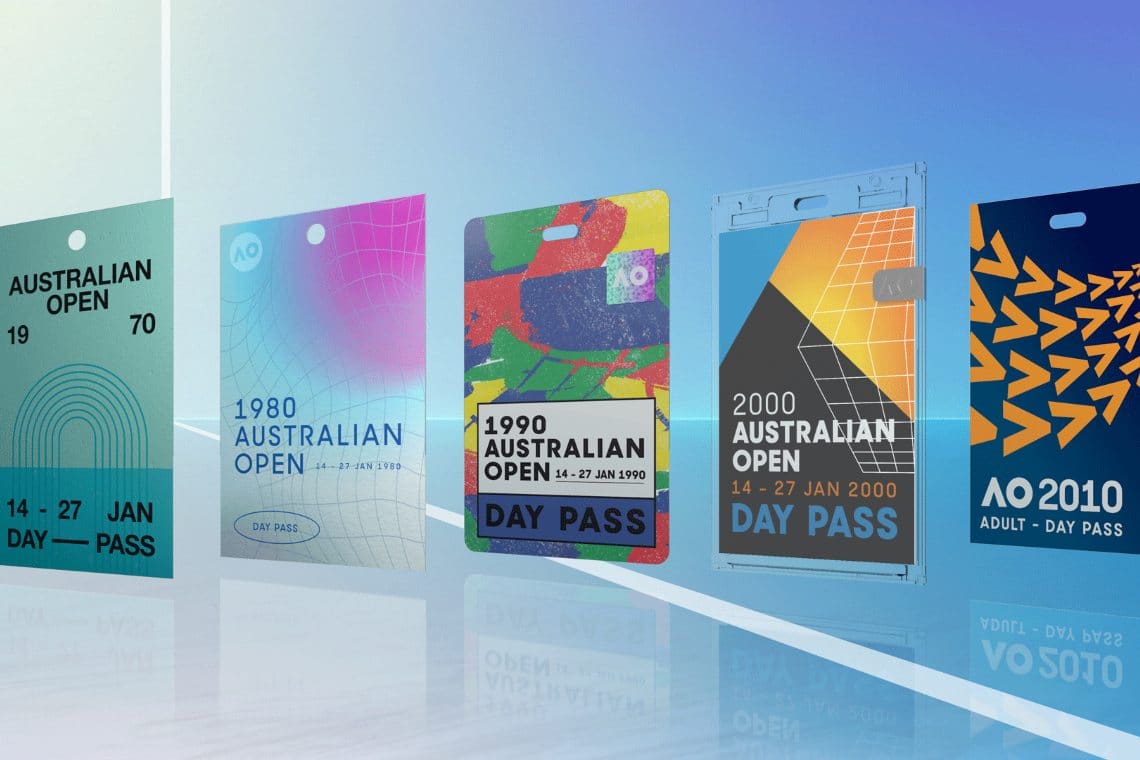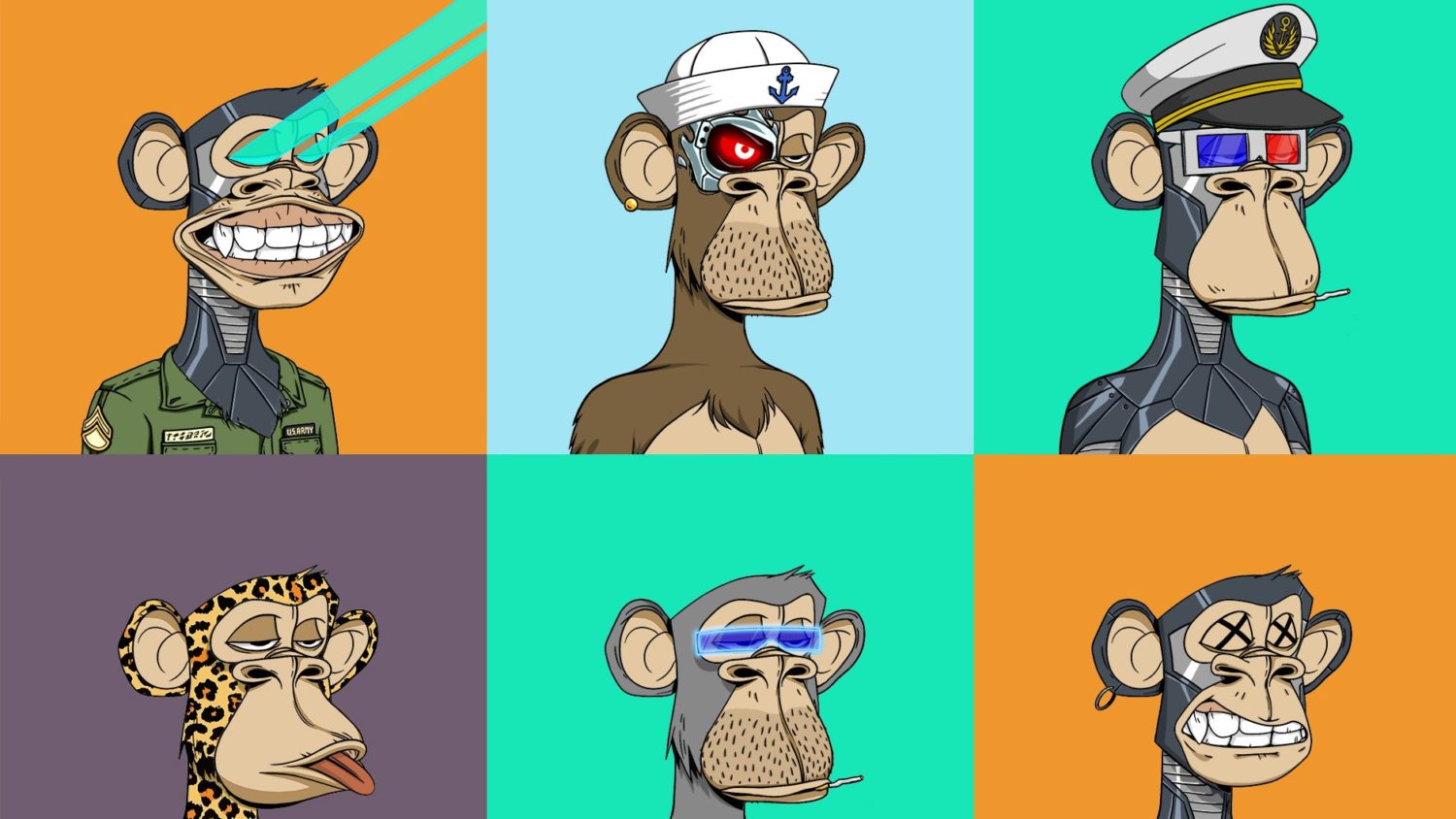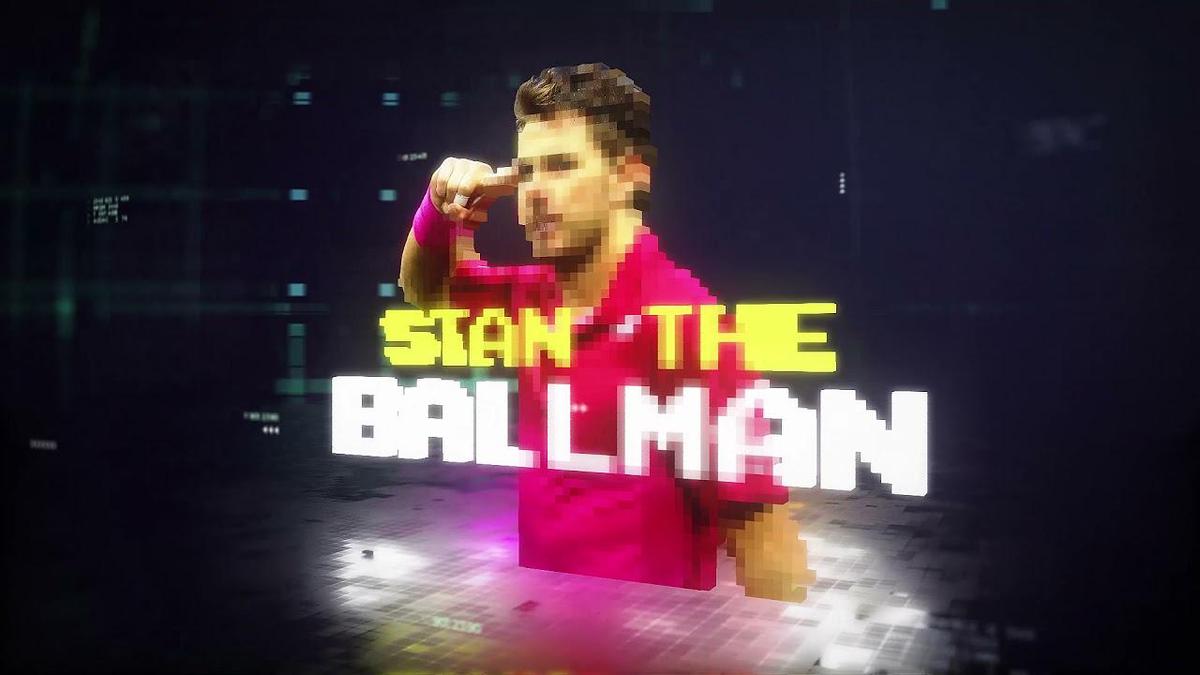Buying a memory

During the early 2000s, in the heyday of digital piracy, the Intellectual Property Office of Singapore and the Motion Picture Association announced a joint campaign to combat the unauthorised distribution of digitised goods such as films, songs, and entire albums. Akin to the war on drugs, the initiative targeted end-users, with a short clip included at the beginning of films recorded on DVD, making it clear to unsuspecting cinephiles that, should they copy said film, they might as well join a gang and embrace the life of crime.
“You wouldn’t steal a car,” the warning proclaimed. “Downloading pirated films is stealing. Stealing is against the law. PIRACY. IT’S A CRIME.”
Heavy-handed and out of touch, the campaign fell prey to spirited internet-goers and was promptly turned into a popular meme. “You wouldn’t download a car,” it said.
Fast forward to 2021, and the ascent of platforms such as Prime and Spotify all but wiped out the idea of digital piracy.
While these days, your ex-girlfriend’s flatmate’s extended family are free to use your Netflix account to binge-watch the second season of Emily in Paris, it is likely they still wouldn’t download a car (bar unexpected advancements in 3d printing technology).
However, if you are a die-hard tennis fan, the Australian Open would love you to download a chair.
2021 was a strange time for anyone with access to the Internet. On the one hand, it made us painfully aware of how much grief, devastation, and misery the pandemic ravaging the world has caused. On the other, it showed us that the world, reality-based or digital, will plough on.
When the idea of NFT was conceived in 2014, saying “I have a Non-Fungible Token” was sure to cause your interlocutor to cast a nervous look and awkwardly shift away. Seven years later, the same words evoke a feeling of envy.
From a $4 video clip sold as the first NFT in 2014 to a digital collage that took digital artist Mike Winkelmann aka Beeple 13 years to complete, and which then, in 2021, fetched the mindboggling price of $69,000,000 through an auction at Christie’s, Non-Fungible Tokens have enjoyed an impressive rise in status.
But what NFTs actually are? According to investopedia.com, they are “cryptographic assets on a blockchain with unique identification codes and metadata that distinguish them from each other.” And in human language? They are unique digital assets, such as a picture or a video clip, with a blockchain-based certificate of authenticity and ownership—the same technology that protects cryptocurrencies. As with all digital goods, they can be easily copied and duplicated, but the use of a blockchain ensures the identity of the author as well as the owner.

In the world of sports collectibles, the project that brought NFTs into the public consciousness is NBA TopShot—a tokenised collection of NBA and WNBA highlights that fans can buy and proudly own. While some way off from the prestige of a championship ring or match-worn Michael Jordan trainers, these pieces of basketball history are nevertheless highly sought after and often go for five- or even six-digit sums. With TopShot’s success, a blueprint for fan engagement (and an additional revenue stream) was created.
These days, a keen (and wealthy) tennis fan with the soul of a collector is offered an exciting range of opportunities. As tennis personalities and organisations are racing to outdo each other in NFT-enabled fan experience, the competition has opened a whole range of digital doors.
In July 2021, wenewmoments.com, a self-proclaimed “curator and provisioner of iconic moments” announced a $177,777 sale of Andy Murray’s 2013 Wimbledon winning moment. If that seems like a steep price for a 10-second clip from a TV broadcast of Novak Djokovic putting a backhand into the net, that’s because it is. To further entice potential buyers, the winning bid was also entitled to a collection of Andy Murray-signed memorabilia, two tickets to the Wimbledon 2022 men’s final, and a half-hour hit with Sir Andy Murray himself.
Tennis NFTs seem to be limited only by the imagination of their creators, and while some of them are more closely related to art as we know it (Naomi Osaka and her sister Mari’s digital art on basic.space), others try to be more interactive. WTA’s world number 18, Jessica Pegula, for example, is selling the Jessica Pegula Limited Edition NFT trading cards, whereas three-time major winner Stan Wawrinka has put his name to a whole game—the Ballman project. Users who buy his Ballman NFTs are given access to virtual tournaments where they can win tangible memorabilia by competing against others.

During the summer swing of the 2021 tennis season, fans were able to buy collectible Champion Cards depicting iconic moments in the US Open history. Following the trend set by other tennis NFTs, the cards came with actual memorabilia. For example, Andy Roddick’s 2003 US Open winning moment was accompanied by an original framed ticket from the 2003 US Open Men’s Final and courtside tickets to the 2022 US Open Men’s Singles final.
One of the more creative solutions was served up by this year’s Australian Open. In partnership with Decentraland, they created 6776 virtual tennis balls for sale, each assigned to a 19×19 cm square on an AO tennis court. Every time a winning shot lands in that square during the tournament, the NFT ball will be updated in real-time with match and ball-tracking data, creating a very unique piece of digital memorabilia. To sweeten the deal even more, should a championship point fall on a given square, the corresponding owner will receive the actual tennis ball used in the match in a decorative case.
With Non-Fungible Tokens being the hot-new thing, opportunities like these disappear almost as soon as they become available. In the grand scheme of Australian Open viewership, only the lucky few will be able to enhance their watching experience by tracking their own NFT tennis ball. Mimicking the world of art, the scarcity of these digital goods creates demand and increased value. At present, the way sports NFTs are marketed and sold puts the emphasis more on the experience of buying and owning one, rather than the actual piece of art itself.
The rest of us who long for a digital piece of tennis history, but happen not to be Bitcoinnaires, have to resort to more muted expressions of fandom, and Tom Mizzone, CEO of an NFT marketplace Sweet, has just the thing for us.
“We love this idea of turning IP into digital memorabilia and tying that memorabilia back to an experience—the idea that the AO designed an umpire chair that had never been seen before and now tennis fans can own and display that umpire chair as an NFT is just amazing—it’s truly a new level of access.”
But you wouldn’t download a chair. Or would you?